When you’re in the market for a new set of tires, it can be difficult to know which size will work best. There are so many different sizes and widths available that it may seem impossible to narrow down your options. But if you want the widest tire possible, there’s no need to worry! Any 50 or 60-sized tire is going to have a wide enough tread on the surface of the road for any driver.
The biggest issue people run into with this decision usually has more to do with what they think looks good rather than anything else. So don’t waste time trying to figure out which size is wider – just choose whichever one matches your needs and tastes best!
Your tires are a major component of your car and they play a key role in keeping you safe on the road. There is a lot to consider when it comes to buying new tires, but one important factor is width.
Different tire sizes have different dimensions so there is no general answer as to which size will work best for your vehicle. In this blog post we’ll explore some of the differences between 50 and 60 size tires that can help you determine what would be best for your needs!
Blog Post Body: This article explores how 50s vs 60s compare from width, load rating, tread wear life, fuel efficiency, cost per mile & more! Learn about the benefits of each type before making an informed decision about which size fits your vehicle best!
Table of Contents
50s and 60s refer to the size of the tire itself. The first number is the width in millimeters, while the second one refers to its height or aspect ratio – how much taller than it is wide. So a 50-series tire will be wider than a 60.
When you’re looking at tires that are available for your vehicle, you can find which one is wider by comparing the width of each tire on your selection. There’s no need to compare height, because both types will be around the same size when it comes to that. You’ll probably notice that tires for smaller vehicles like a compact sedan or hatchback tend to have a lower aspect ratio, whereas larger SUVs and trucks may have higher ratios.
When you think of car tires, the first thing that probably comes to mind are those large and tall ones with lots of sidewall. But there is also another type: shorter ones! These “shorties” come in different sizes just like regular 275’s or whatever but they’re referred as 50 series because their aspect ratio (their section height vs width) is smaller than 60 which means it can’t be used on cars made after World War II when standard sizing became popular.
I’m not going lie–this was kind of obvious since I’ve been an automotive engineer all my life so…I don’t know what’s up with the guy in this article. It looks like he just dropped by here to rant about something completely irrelevant.
Probably because nobody would read his full-length articles if they have nothing to do with cars or computers or whatever, so he decided to write that thing above in hope that someone will make a typo and search for it. If you typed “are 60 tiree wider than 50” in Google, well…He got ya!
Moving from a 60 to a 55 series is the width.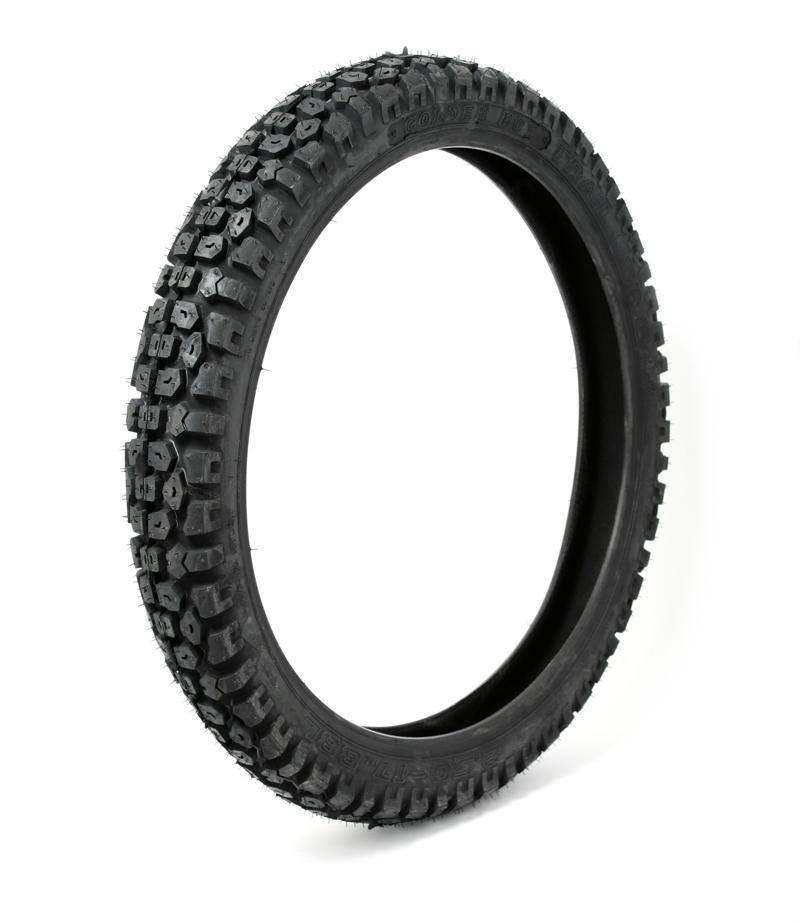 If the width is increased on the 55, ratio/revs per mile will decrease (as long as you keep it at or under 15%). If the width is increased on the 60, then you will have an increase in revs per mile.
If the width is increased on the 55, ratio/revs per mile will decrease (as long as you keep it at or under 15%). If the width is increased on the 60, then you will have an increase in revs per mile.
When determining the height and width of your tire, it is important that you know both aspects ratios. An aspect ratio of 50 means there’s a section measuring 459 mm (117.5 inched) wide for every 100 mm tall or 3 inches high – which equates to about 1:2 as mentioned before in “1 : 2 male/female proportion”. The 60 aspect ratio shows that the section height and width is only about 1:1.5 – which actually makes it a small tire, especially when you compare to 55s (about 1:1.7).
The wider tires should be way more stable, no?
No. While larger tires would give you more stability (for the same number of revolutions per mile), it does not mean that bigger tires are better. This is because there are other factors to consider such as the height of the sidewall, which is smaller for 55 than 60 series tires.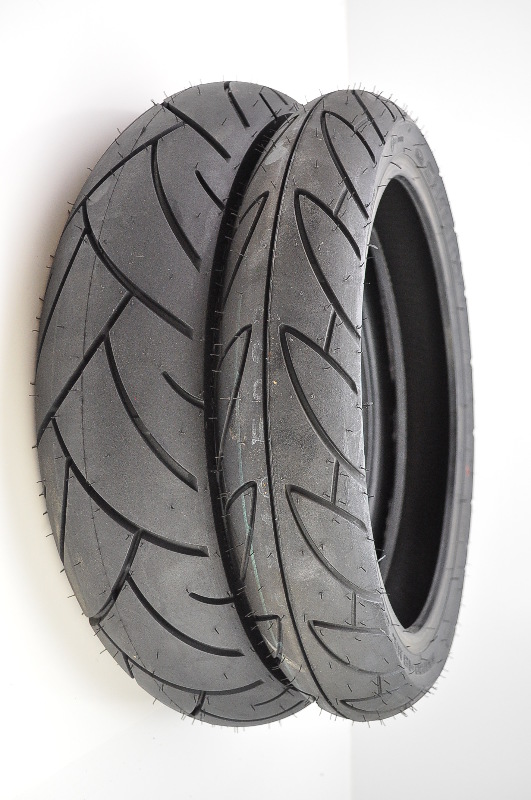 Sidewalls play a vital role in contact patch and tire grip.
Sidewalls play a vital role in contact patch and tire grip.
55 series tires have slightly shorter sidewalls when compared to 60 series tires. The lower sidewall height of 55s makes for a better contact patch which means more grip and stability.
A 60 inch tire should have a width of 8.5 – 11 inches. It will depend on the full size of the tire. The diameter will have the ability to utilize different sized wheels and tires 8.5″ – 11″ is the most common range of wheel and tires available for a 60 inch tire.
315/60R15 tires have a diameter of 29.9″, they come in a section width of 12-4 and wheel diameters 15″ up for your truck, SUV or van! This means that each tire has about 675 rotations per mile which will help keep you safe on the road while driving around town.
55 on a tire is the aspect ratio. This number tells you the ratio of sidewall height to section width. Say for example, a tire is measured to be 60 inches wide and has a sidewall height of 5 inches – thus the aspect ratio would be 55 (60″/5″).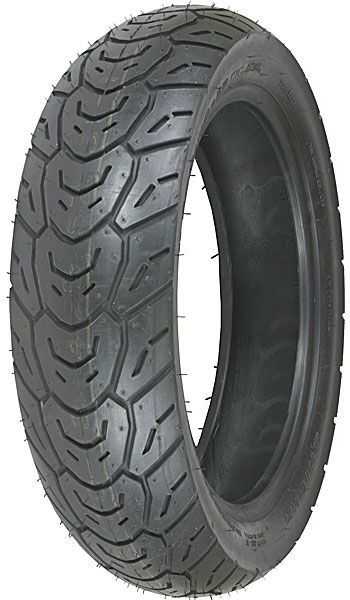
50 means the tire’s aspect ratio. This number informs you of the ratio between a tire’s sidewall height and its width. A 50 aspect indicates that the sidewall is 50% of the tire’s width. For example, if a tire has an overall diameter of 25 inches and a section height of 5 inches – then it is considered to be a 50 aspect (25″ /5″).
50 series tires have sidewall heights that are 50% of their widths. 60 series tires have sidewall heights equal to, or greater than, their section widths.
A 205 tire size and a 215 tire size are close in size. A 215 tire size will have a section width close to 205 tires and a common rim for both would be a 15 inch rim. Although it is possible, you should not mix tires with different aspect ratios on the same axle – one of your tires might rub against the fenders or suspension components when you turn. You may need to change the tire pressure if you switch to a lower profile tire.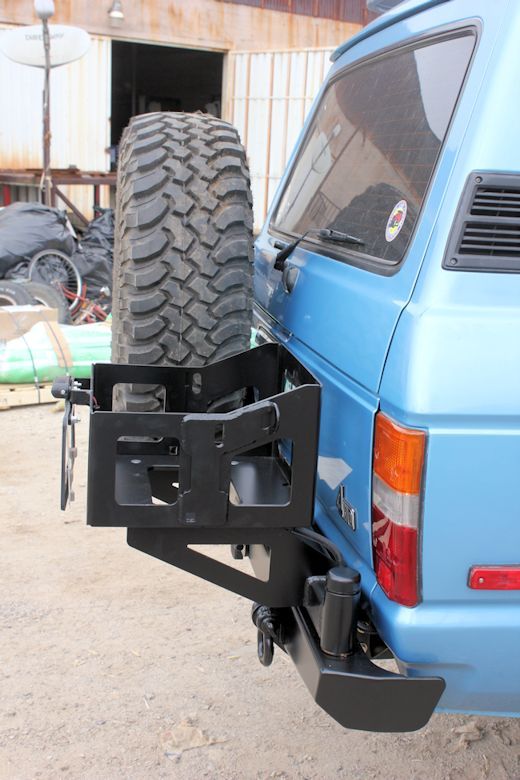
The 215 55r16 and the 215 60r16 tires will have a similar aspect ratio, but they will not be interchangeable. A 215 60r16 tire has a section width of 12 inches and the 215 55r16 tire has a section width of 11.3 inches – therefore, you should not use them on the same axle because they have different section widths. These two tires also have different load capacities.
If you use 215 60r16 on a 215 55r16 rim, there is a chance that the tire will not seat properly to the wheel and/or the tire might rub against suspension components when turning. The vehicle’s manual should provide you with information regarding maximum size of tires for your car or truck.
If you’ve ever had to choose between 50 and 60-series tires, chances are it was a tough choice. But which one is wider? The answer varies depending on the car or truck model so we recommend checking your owner’s manual for specifics.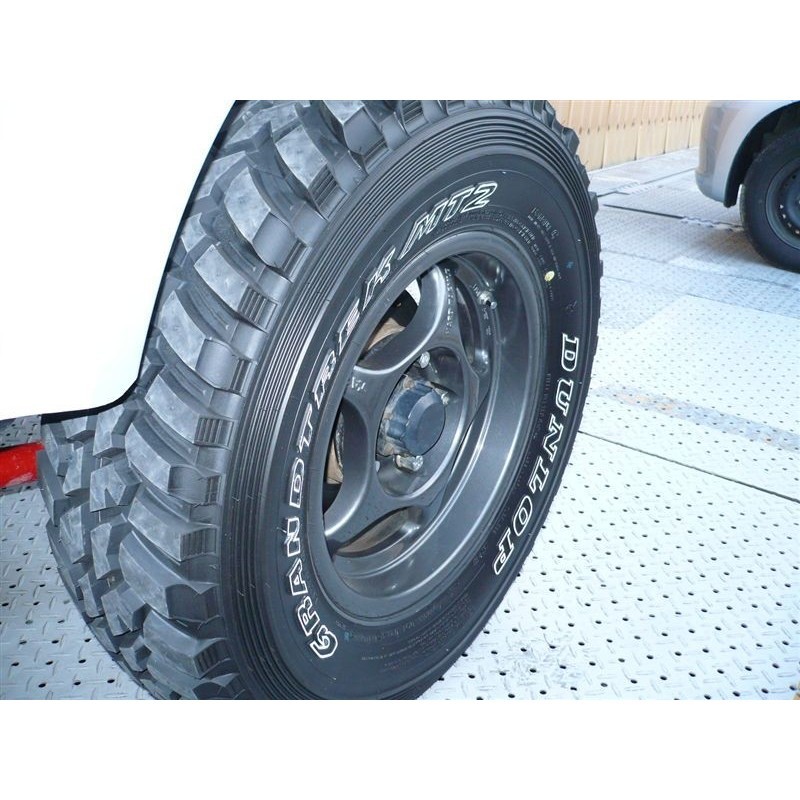
If you are using an older tire size chart you will see that there is no distinction between the two. However, new tire size charts made after 2005 show a difference in tire profiles.
A new 50-series profile is similar to a 60-series one, but the sidewall on a 50 is 8% narrower than on a 60. The trade-off is that the 50 has a lower aspect ratio and therefore higher speed limits.
Can I Put Different Size Tires On My Car?
You should refer to your owner’s manual or tire placard (usually found on the driver’s side doorjamb) as it will provide you with important information regarding tire size and air pressure adjustments for your car or truck.
A larger size tire might affect the speedometer reading on your vehicle, however it probably won’t change the drive or turning of your vehicle. You don’t have to adjust the air pressure in your tires when you switch them, but if you are using a different size, it is likely that some other components in your car will need to be adjusted, such as the speedometer.
In some cases, you might have two tires that are the same size from the factory but different from each other aftermarket. In this case you should always use a tire with a lower aspect ratio on the rear axle and a higher profile one in the front so they will have a similar circumference and therefore similar speedometer readings.
The aspect ratio is a critical sizing factor in tire fitment and should be evaluated along with wheel diameter to obtain the optimum tire and wheel combination. Let’s discuss tire aspect ratio 60 vs 55.
There are so many sizes and widths available that it can seem challenging to narrow down the choices. However, if you want the giant tires available, fear not! Any size 55 or 60 tire will have adequate tread on the road surface to fit any driver.
People’s main problem with this selection is usually what they think is attractive rather than anything else. So don’t waste time determining if the size is wider-just choosing the one that best suits your requirements and preferences!
Your tires are an integral part of your vehicle and play a critical role in keeping you safe on the road.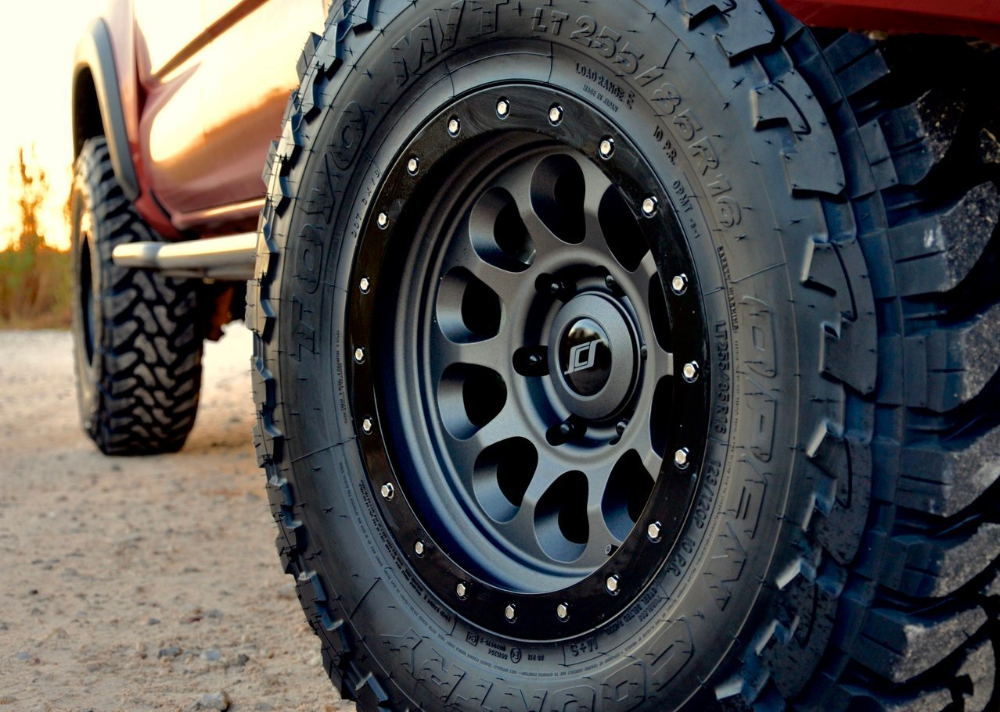 There are numerous factors to consider when shopping for new tires, but one essential factor is width.
There are numerous factors to consider when shopping for new tires, but one essential factor is width.
Since different tire sizes have varying dimensions, there is no one-size-fits-all solution for your vehicle. Thus, we will discuss some of the distinctions between size 55 and 60 tires and how they can help you choose the right one for you.
Tire Aspect Ratio 60 vs. 55 Features| Features | Description | 55 | 60 |
| Comprehensiveness | The numbers 55 and 60 refer to the size of the tire. The first number indicates the width in millimeters, while the second is the height, or aspect ratio, which shows how taller the object is than the width. | A 55-series tire will be more comprehensive than a 60-series tire. | The 60 perform better in sedan models than trucks |
| Wide | However, they are called the 55 series because their aspect ratio (ratio of the section height to section width) is less than 60.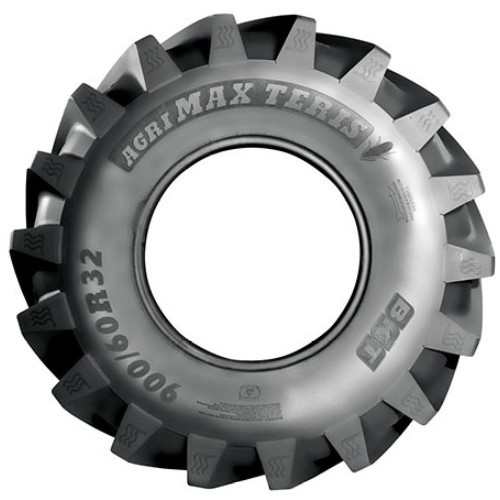 This means they cannot be used on vehicles manufactured after World War II when the standard size became popular. This means they cannot be used on vehicles manufactured after World War II when the standard size became popular. | When the width of the 55 is increased, the ratio of revolutions per kilometer decreases (as long as it remains at 15% or less). | When the width of the 60 is increased, make the revolutions per mile. |
| Stability | Additional aspects to consider are sidewall height, which is shorter on 55-series tires than on 60-series tires. Sidewalls are critical in determining the tire’s contact patch and grip. | The shorter sidewall height of 55-series tires results in a larger contact patch, resulting in more excellent grip and stability. | The sidewalls of 55-series tires are somewhat shorter than those of 60-series tires. |
| A high and wide combination | This value indicates the balance of a tire’s sidewall height to its width and height. | An aspect ratio of 55 indicates that there is one 459 mm (117. 5 inches) segment of width for every 100 mm or 3-inch piece of height, which equates to approximately 1:2, as stated above in the “1: 2 male/female ratio” 5 inches) segment of width for every 100 mm or 3-inch piece of height, which equates to approximately 1:2, as stated above in the “1: 2 male/female ratio” | A 60-inch tire should be between 8.5 and 11 inches wide. For a 60-inch tire, the most common wheel and tire size range are 8.5′′–11′′′. |
When evaluating the tires available for your car, you can determine which is wider by comparing the width of each tire to the width of your choice. There is no need to reach heights because both types will be approximately the same size. You will undoubtedly notice that tires for smaller vehicles, such as compact sedans or hatchbacks, have a smaller aspect ratio than those for SUVs and larger trucks.
Are 60 Tires Wider Than 55?When you think about automobile tires, the first image that generally springs to mind is those enormous, tall ones with numerous sidewalls.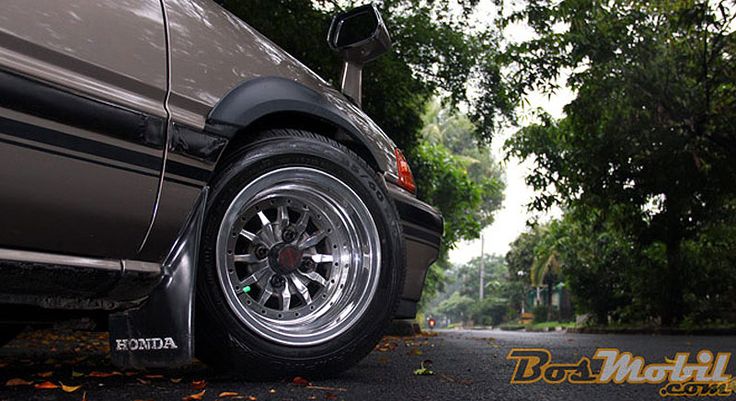 However, there is another type: the shorter ones! These “short ones” come in various sizes, like the regular 275. The width changes when moving from the 60 to the 55 series.
However, there is another type: the shorter ones! These “short ones” come in various sizes, like the regular 275. The width changes when moving from the 60 to the 55 series.
It is critical to understand all the ratio elements when calculating the height and width of your tire.
Your 315/60R15 tires have a diameter of 29.9 inches, a section width of 12 inches, and wheel sizes ranging from 15 to 20 inches for your truck, SUV, or van!
This equates to approximately 675 rotations per mile for each tire, which helps keep you safe on the road when circumnavigating the city.
What Does 55 Mean On Tires?55 signifies the aspect ratio of the tire. A tire with an overall diameter of 25 inches and a section height of 5 inches, for example, has an aspect ratio of 55 (25′′ x 5 inches).
55-series tires have a sidewall height equal to 55% of their width. The sidewall heights of 60-series tires are equal to or greater than their section widths.
Bottom lineIf you’re looking for new tires, it cannot be obvious to determine which size will be best for your car. Compared to 60-series tires, 55-series tires have somewhat shorter sidewalls. This means that the lower sidewall height of 55-series tires translates into a larger contact patch, which translates into more grip and stability. A 60-inch tire should be between 8.5 and 11 inches wide.
Your 315/60R15 tires provide a 29.9-inch diameter, a 12-to 4-inch section width, also a wheel diameter of 15 inches or more for your truck, SUV, or van. Each tire spins about 675 times per mile, which helps keep you safe on the road.
Courtney D. Sanderson
I am a writer, entrepreneur, and marketing specialist. I have recently graduated from Michigan with a B.S. in Business Administration and Management. I have been working at General Motors Company for over two years as the Marketing Operations Production Coordinator. I love cars and love to share everything about them with my readers. I am the founder of the Automotiveex blog, where I share everything about automotive, like car news, car mechanical issues, and anything else that comes up in my blog posts.
I have been working at General Motors Company for over two years as the Marketing Operations Production Coordinator. I love cars and love to share everything about them with my readers. I am the founder of the Automotiveex blog, where I share everything about automotive, like car news, car mechanical issues, and anything else that comes up in my blog posts.
home
Articles
* These tables are for informational purposes only and are not intended as a guide to action. For specific applicability of non-standard discs, please contact the vehicle manufacturer or vehicle dealer. We do not test wheel interchangeability and cannot make recommendations.
| Landing width of the disk | Minimum tire width | Optimum tire width | Maximum tire width |
|---|---|---|---|
5.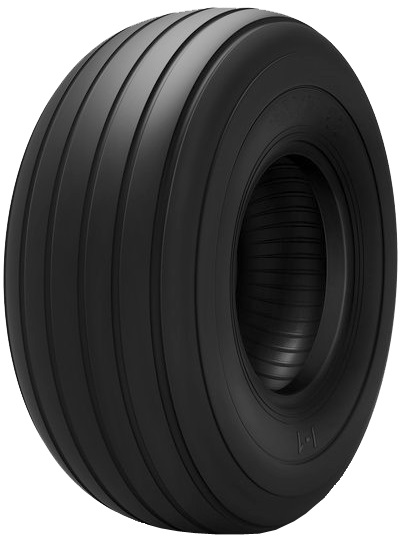 0 inches 0 inches | 155 mm | 165 or 175 mm | 185 mm |
| 5.5 inches | 165 mm | 175 or 185 mm | 195 mm |
| 6.0 inches | 175 mm | 185 or 195 mm | 205 mm |
| 6.5 inches | 185 mm | 195 or 205 mm | 215 mm |
| 7.0 inches | 195 mm | 205 or 215 mm | 225 mm |
| 7.5 inches | 205 mm | 215 or 225 mm | 235 mm |
| 8.0 inches | 215 mm | 225 or 235 mm | 245 mm |
| 8.5 inches | 225 mm | 235 or 245 mm | 255 mm |
| 9.0 inches | 235 mm | 245 or 255 mm | 265 mm |
| 9.5 inches | 245 mm | 255 or 265 mm | 275 mm |
10.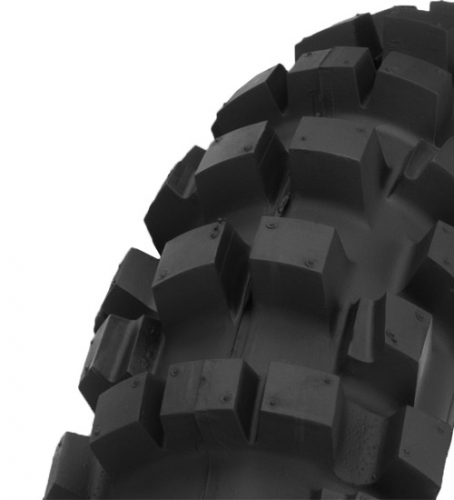 0 inches 0 inches | 255 mm | 265 or 275 mm | 285 mm |
| 10.5 inches | 265 mm | 275 or 285 mm | 295 mm |
| 11.0 inches | 275 mm | 285 or 295 mm | 305 mm |
| 11.5 inches | 285 mm | 295 or 305 mm | 315 mm |
| 12.0 inches | 295 mm | 305 or 315 mm | 325 mm |
| 12.5 inches | 305 mm | 315 or 325 mm | 335 mm |
| Profile | Designation in metric dimension | Permissible range of landing width of the disk |
|---|---|---|
| 35 Series | 275/35R17 | 9.0-10.5 |
| 335/35R17 | 11. 0-13.0 0-13.0 | |
| 345/35R15 | 11.0-13.5 | |
| 40 Series | 285/40R15 | 11.0-13.5 |
| 215/40R15 | 7.0-8.5 | |
| 245/40R17 | 8.0-9.5 | |
| 255/40R17 | 8.5-10.0 | |
| 265/40R17 | 8.5-10.0 | |
| 235/40R18 | 8.0-9.5 | |
| 45 Series | 195/45/R15 | 6.5-7.5 |
| 215/45R15 | 7.0-8.5 | |
| 255/45R15 | 8.5-10.0 | |
| 205/45R16 | 7.0 | |
| 225/45R16 | 7.5-9.0 | |
| 245/45R16 | 8.0-9.5 | |
| 215/45R17 | 7.0-8.5 | |
| 235/45R17 | 8.0-9.5 | |
| 255/45R17 | 8.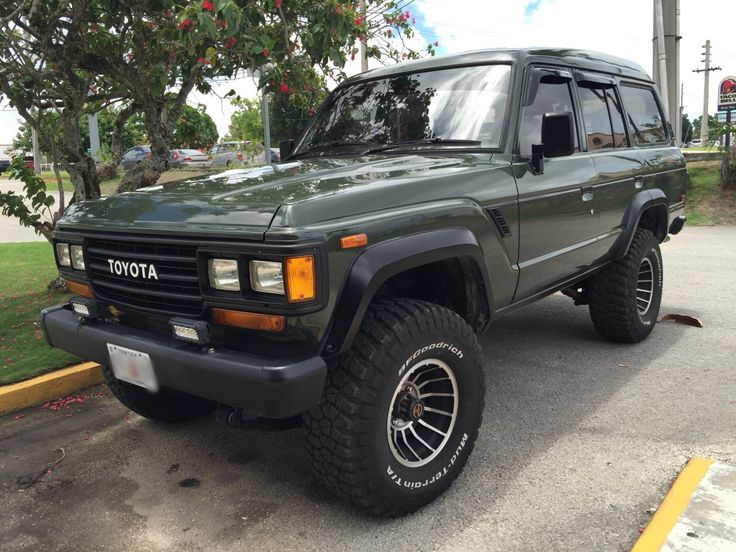 5-10.5 5-10.5 | |
| 50 Series | 175/50R13 | 5.0-6.0 |
| 195/50R14 | 5.5-7.0 | |
| 205/50R15 | 5.5-7.5 | |
| 215/50R15 | 6.0-7.5 | |
| 225/50R15 | 6.0-8.0 | |
| 195/50R16 | 5.5-7.0 | |
| 205/50R16 | 5.5-7.5 | |
| 225/50R16 | 6.0-8.0 | |
| 235/50R16 | 6.5-8.5 | |
| 215/50R17 | 6.5-7.5 | |
| 55 Series | 205/55R14 | 5.5-7.5 |
| 185/55R15 | 6.0-6.5 | |
| 195/55R15 | 5.5-7.0 | |
| 205/55R15 | 5.5-7.5 | |
| 205/55R16 | 5.5-7.5 | |
| 225/55R16 | 6.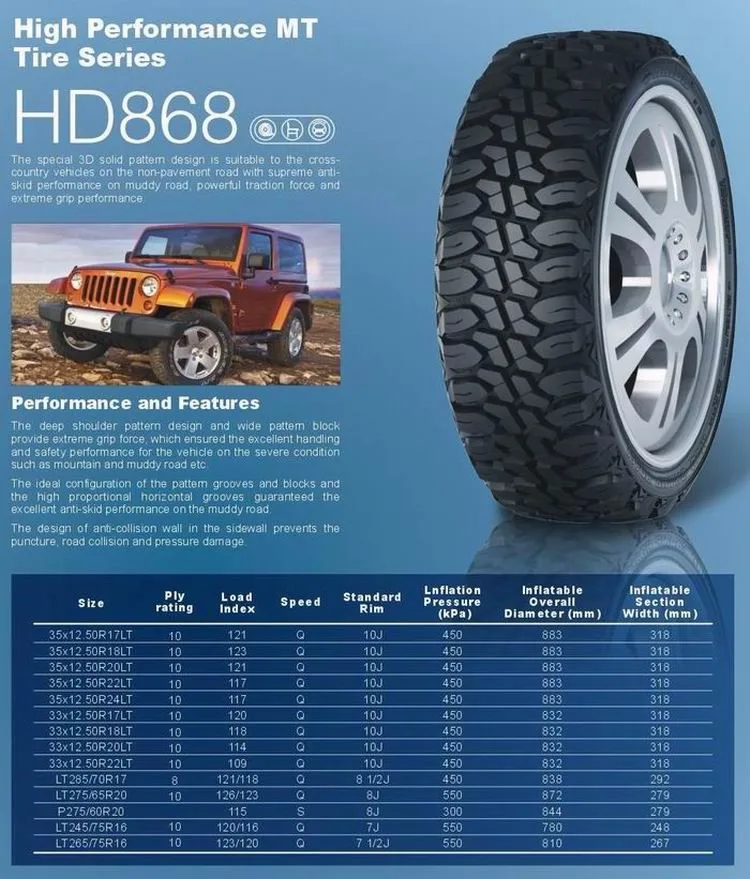 0-8.0 0-8.0 | |
| 60 Series | 185/60R13 | 5.0-6.5 |
| 205/60R13 | 5.5-7.5 | |
| 185/60R14 | 5.0-6.5 | |
| 195/60R14 | 5.5-7.0 | |
| 205/60R14 | 5.5-7.5 | |
| 195/60R15 | 5.5-7.0 | |
| 205/60R15 | 5.5-7.5 | |
| 215/60R15 | 6.0-7.5 | |
| 225/60R15 | 6.0-8.0 | |
| 235/60R15 | 6.5-8.5 | |
| 65 Series | 185/65R15 | 5.0-6.5 |
| 195/65R15 | 5.5-7.0 | |
| 205/65R15 | 5.5-7.5 | |
| 215/65R15 | 6.0-7.5 | |
| 70 Series | 165/70R10 | 4.5-5.5 |
| 175/70R12 | 5.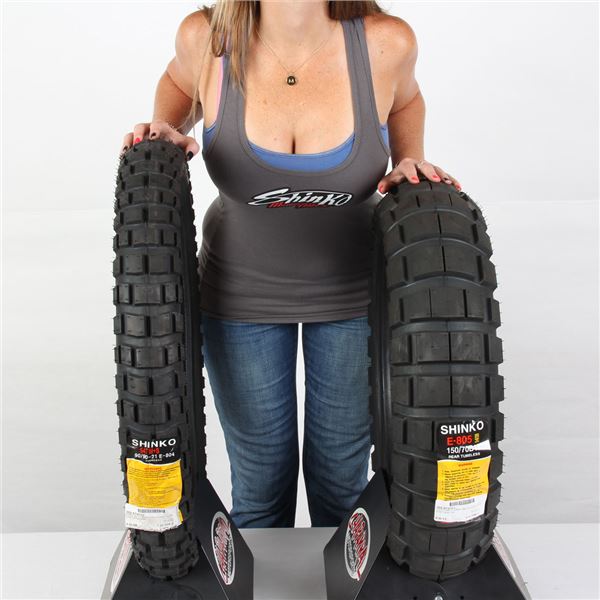 0-6.0 0-6.0 | |
| 175/70R13 | 5.0-6.0 | |
| 205/45R16 | 7.0 | |
| 185/70R13 | 5.0-6.5 | |
| 185/70R14 | 5.0-6.5 | |
| 195/70R15 | 5.5-7.0 | |
| 205/70R14 | 5.5-7.5 | |
| 185/70R15 | 5.0-6.5 | |
| 205/70R15 | 5.5-7.5 | |
| 215/70R15 | 6.0-7.5 | |
| 82 Series | 155R12 | 4.0-5.0 |
| 155R13 | 4.0-5.5 | |
| 165R13 | 4.0-5.5 | |
| 175R14 | 4.5-6.0 | |
| 185R14 | 4.5-6.0 | |
| 165R15 | 4.0-5.5 | |
| Profile | Designation in metric dimension | Permissible range of landing width of the disk |
|---|---|---|
| 75 Series | P205/75R15 | 5. 5-7.5 5-7.5 |
| P215/75R15 | 5.5-7.5 | |
| P225/75R15 | 6.0-8.0 | |
| P235/75R15 | 6.0-8.0 | |
| 80 Series | P155/80R13 | 4.5-5.5 |
| P165/80R13 | 4.5-6.0 | |
| P175/80R13 | 4.5-6.0 | |
| P185/80R13 | 5.0-6.5 | |
| 35 Series | P315/35R17 | 10.0-12.0 |
| 40 Series | P275/40R17 | 8.5-10.0 |
| 50 Series | P215/50R13 | 5.5-8.5 |
| P235/50R13 | 6.0-9.0 | |
| P245/50R14 | 6.5-9.0 | |
| P225/50R15 | 6.0-8.0 | |
| P295/50R15 | 7.5-11.0 | |
| P225/50R16 | 6.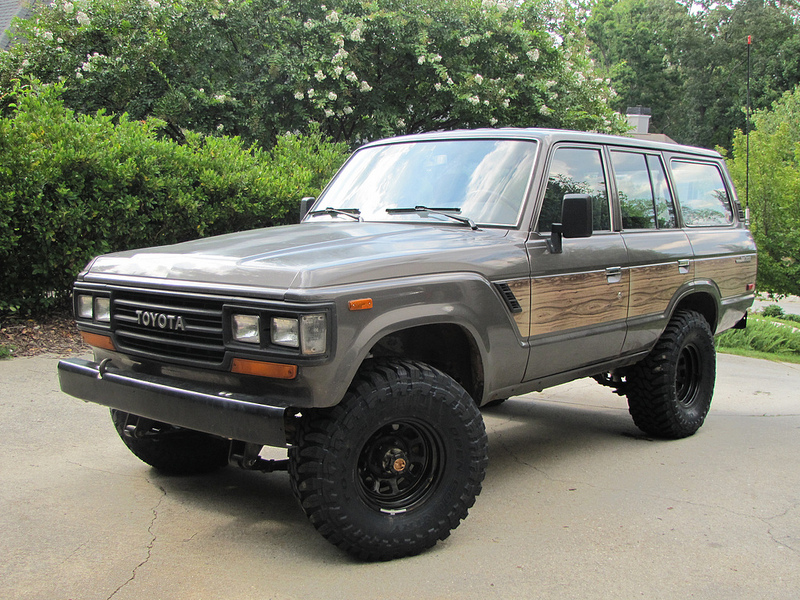 0-8.0 0-8.0 | |
| P245/50R16 | 6.5-9.5 | |
Return to list
There are hundreds of models on our tire market. Many drivers who are faced with the need to replace do not know which kit to choose. Tests and ratings representing the best tires are a reliable assistant in choosing, but their number is also impressive. Therefore, the Autotire Kom store decided to prepare list of the best summer models in size 205/60 R16.
The store chose this size because in recent years this type of tire has been tested by a large number of magazines and expert groups. This is a fairly popular size used in many cars that drive on the road every day. We have developed this rating based on various data and sources.
The material was prepared taking into account, among other things: opinions of drivers published on the Internet (on forums and social networking sites), label parameters, warranty conditions, performance in various weather conditions, price and its relation to the performance and quality of the product as a whole . Out of almost a hundred models, we identified 11 of the best, of which 9 were awarded0761 5 , in our opinion, the most noteworthy.
Out of almost a hundred models, we identified 11 of the best, of which 9 were awarded0761 5 , in our opinion, the most noteworthy.
Tire size information is always printed on the tire sidewall as a series of numbers and letters. It is located next to another marking, as well as the name of the tire. The first of these numbers is the width, given in millimeters - in the case of the discussed size 205/60 R16, this would be 205 mm.
The second number is the height of the profile, defined as a percentage of the width - here 60% of 205 mm. The letter "R" means that the tire has a radial design (diagonal ones vary, but they are mainly used in industrial machines, agricultural vehicles, etc.), and "16" is the diameter of the rim on which the tire should be installed, this size. (This value is measured in inches).
However, what have the tests and tedious comparisons of many current models brought? After conducting the necessary tests and determining the favorites, 11 best summer tires in size 205/60 R16 were added to the list.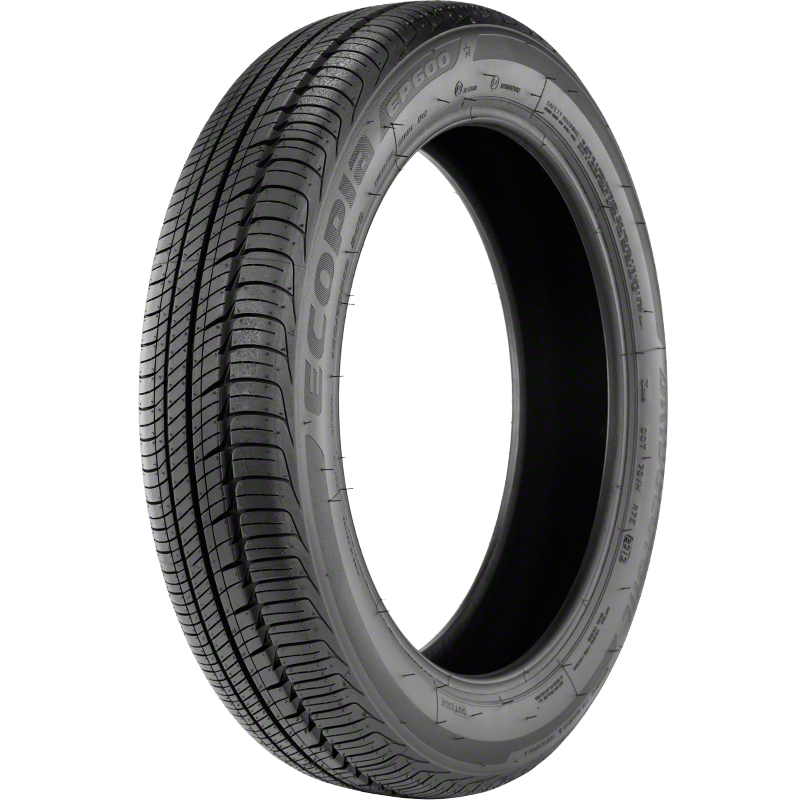
1. Michelin Primacy 4
2. Hankook Ventus Prime 3
3. Toyo Proxes CF2
4. Bridgestone Turanza T001
5. Goodyear EfficientGrip Performance
6. Barum Bravuris 5HM
7. Nexen-Roadstone N Blue HD Plus
8. Matador MP 47 Hectorra 3
9. Toyo Nano Energy 3
10. Orium /Tigar/Taurus/Kormoran/Strial/Riken High Performance
11. Premiorri Solazo S Plus
The Michelin Primacy 4 was ranked number one for several seasons and was undoubtedly one of the best summer tyres. Just behind it is a tire with a fairly similar performance - Hankook Ventus Prime 3. In third position is the representative of technological Japanese thought Toyo Proxes CF2.
Just behind the trio are two premium tires that are not far behind the leaders: Bridgestone Turanza T001 and Goodyear EfficientGrip Performance.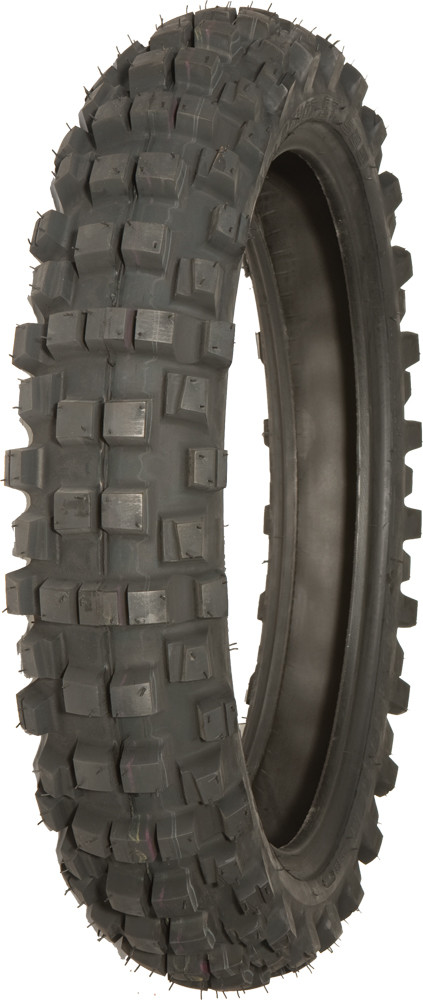 In the rest of the list, we can find more premium and mid-ranges, which shows that the most expensive product will not always be the best in a given size, for a particular driver or car. At the end of the ranking were also models from the economy class: Orium/Tigar/Taurus/Kormoran/Strial/Riken High Performance, Premiorri Solazo S Plus.
In the rest of the list, we can find more premium and mid-ranges, which shows that the most expensive product will not always be the best in a given size, for a particular driver or car. At the end of the ranking were also models from the economy class: Orium/Tigar/Taurus/Kormoran/Strial/Riken High Performance, Premiorri Solazo S Plus.
Among the models listed in the tire test, some deserve special attention. From the list, Autotire Kom has selected those that stand out in terms of quality, safety and offer a very high value for money. The most interesting summer tires in size 205/60 R16 are:
Michelin Primacy 4
The Michelin Primacy 4 is a tire that focuses on safety. It offers excellent traction in various weather conditions. According to the manufacturer, it has a stopping distance of 2.8 meters shorter in the wet and 3 meters in the dry compared to the average. In addition, the rubber provides 30% less rolling resistance than older Michelin tires and very low noise levels.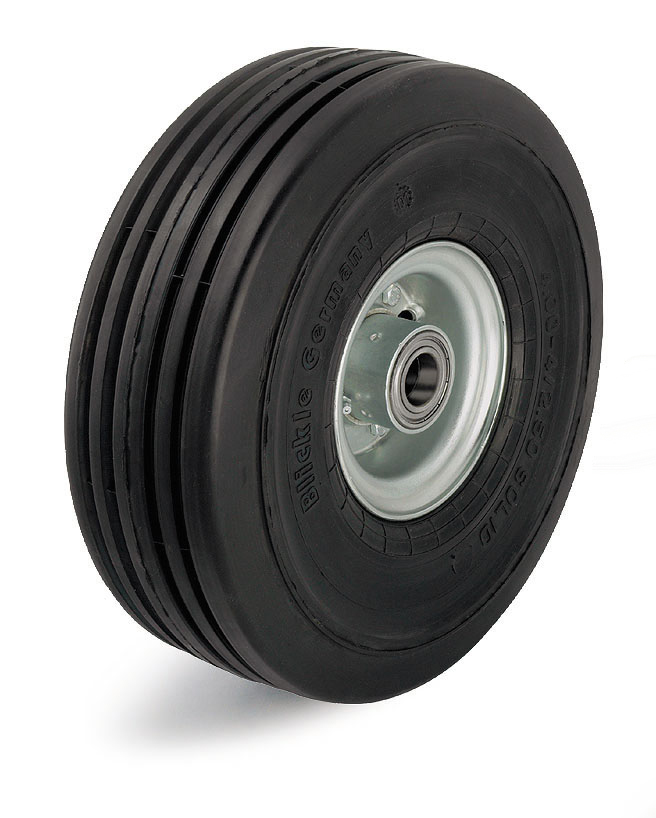
The short braking distance of the tire is due to the strengthening of the tread blocks, which are designed for dynamic driving and increasing the contact surface of the tire with the road. Wide grooves quickly evacuate water for hydroplaning protection, while a polymer compound improves wet traction. In turn, the aerodynamic shape of the rubber and the compound, which further reduces the amount of heat generated, are responsible for lower fuel consumption. In turn, the closed grooves on the shoulder provide better damping of noise and vibrations that occur during movement.
Hankook Ventus Prime 3 K125
The model of the Korean brand has been on the market for several years and is always popular among drivers throughout Europe. Particularly recommended for medium power vehicles. Works very well both in intensive use in the city and on long routes. The asymmetric tread pattern provides good handling on dry and wet surfaces, as well as trouble-free maneuvering even with more dynamic driving.
The highest quality components have been used in the manufacture of the tire, resulting in high ride comfort and exceptional wear resistance. As befits a premium mid-range model, the Hankook Ventus Prime 3 also offers low rolling resistance (fuel savings) and outer tire flexibility (quiet ride).
Toyo Proxes CF2
The successor to the popular Toyo Proxes CF1 is one of the best summer tyres. Rubber Toyo Proxes SF 2 is designed for cars, middle class and SUVs. To ensure maximum performance of each car, depending on the size, the model has special annular grooves. The tread shape of the Toyo Proxes CF1 has been designed to provide the best hydroplaning protection.
Thanks to the drainage system, the water flowing through the tire does not envelop the entire structure even when driving fast. The result is excellent handling on wet roads, short braking distances and very high driving comfort.
Bridgestone Turanza T001
Bridgestone Turanza T001 are summer tires that are known for their extremely low rolling resistance, resulting in better fuel economy and resistance to accelerated wear. Rubber line Turanza is not only economical, but also a high level of safety and comfort.
Rubber line Turanza is not only economical, but also a high level of safety and comfort.
The tire's optimized profile creates a large contact surface resulting in shorter braking distances and better handling. In turn, MultiCell technology is based on a solution that strengthens particle bonds in the rubber compound and reduces tire heating - resulting in reduced wear and reduced fuel consumption.
The rolling resistance of the Bridgestone Turanza T001 is further reduced by a special polymer layer under the tread surface. These properties are confirmed by the excellent parameters on the EU labels, both in terms of economy, adhesion and noise level.
The model is quite old, and it already has two modifications that are not inferior to the main version: Turanza T001 Evo and Turanza T005.
Goodyear EfficientGrip Performance
Goodyear Europe uses the technology of its American owner, so Goodyear Efficient Grip is a technologically advanced tire.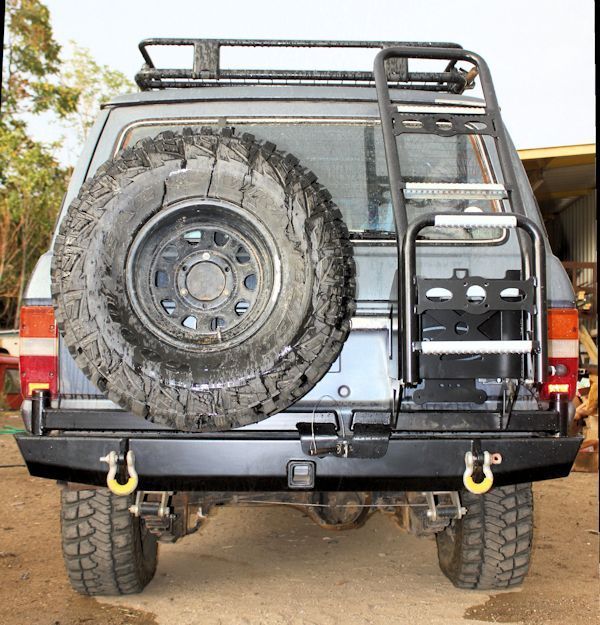 The model was designed for cars with slightly more power than average. The tire provides safe, dynamic and economical driving. When braking on dry surfaces, the tire has a large surface contact with the surface, which reduces its path by 3 meters compared to competing models.
The model was designed for cars with slightly more power than average. The tire provides safe, dynamic and economical driving. When braking on dry surfaces, the tire has a large surface contact with the surface, which reduces its path by 3 meters compared to competing models.
Silica blend and state-of-the-art drainage grooves mean increased grip during and after rain. The special EcoTread design ensures lower fuel consumption (rolling resistance is 9% lower than competitors). It is also worth knowing that the aforementioned compound and the optimized surface-to-surface contact are not only safe to drive, but also provide the model with high wear resistance.
Conclusion
Tire selection is not the easiest task, but we hope the above ranking will make it a little easier. Before making a final purchase decision, you must consider your driving style, the power of your car or where it will be used. For example, a small car that drives mostly in the city does not need premium tires with almost sporty properties.